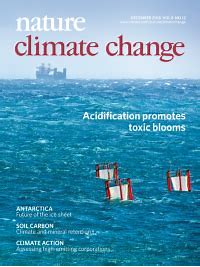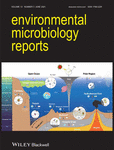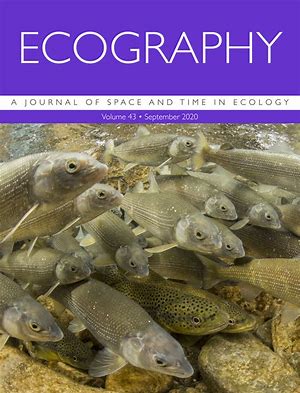- Topic:Biodiversity
Spatial and local environmental factors outweigh geo-climatic gradients in structuring taxonomically and trait-based β-diversity of benthic algae
The authors examined different facets of β-diversity of stream benthic algae in northeastern China. They found that local environmental and spatial factors are more important than geo-climatic variables in structuring taxonomically and trait-based β-diversity of benthic algae.
Impacts of loss of free-flowing rivers on global freshwater megafauna
The study shows: if all the proposed dams were built, 19 percent of free-flowing rivers that are longer than 500 km and inhabited by freshwater megafauna will lose their free-flowing status. The study also finds that freshwater megafauna diversity is higher in future fragmented free-flowing rivers than in rivers that would remain free-flowing in the future or that are already fragmented.
Trade-offs between reducing complex terminology and producing accurate interpretations from environmental DNA: Comment on “Environmental DNA: What's behind the term?” by Pawlowski et al., (2020)
Explosive growth in “environmental DNA” studies has led to inconsistent use of the term “eDNA”. The confusion could jeopardize research, conservation, and management efforts. The authors argue that eDNA should be defined by its origin rather than by methods used to detect it, and that studies must clearly distinguish between eDNA from whole organisms and from trace amounts found in shed cells.
Effects of food provisioning on the daily ration and dive site use of Great Hammerhead Sharks, Sphyrna mokarran
The study provides insights into how large-bodied marine predators react toward wildlife tourism associated provisioning and allows further discussion about daily energy uptake during provisioning dives, its potential impacts on the ecological role of the target species and associated management measures.
Challenging the paradigm in sex chromosome evolution: empirical and theoretical insights with a focus on vertebrates (Part II): [Theme Issue]
Researchers have been studying the evolution of sex chromosomes for about 100 years. Yet many aspects of sex development in vertebrates remain a mystery. No wonder – the methods of reproduction are incredibly diverse, and some can only now be detected thanks to novel molecular methods. This special issue summarizes the knowledge. The result is a unique scientific overview: Part II.
Challenging the paradigm in sex chromosome evolution: empirical and theoretical insights with a focus on vertebrates (Part I): [Theme Issue]
Researchers have been studying the evolution of sex chromosomes for about 100 years. Yet many aspects of sex development in vertebrates remain a mystery. No wonder – the methods of reproduction are incredibly diverse, and some can only now be detected thanks to novel molecular methods. This special issue summarizes the knowledge. The result is a unique scientific overview: Part I.
Climate change drives widespread shifts in lake thermal habitat
The authors have quantified the long-term temperature changes in 139 lakes worldwide. They analysed shifts in thermal habitats and found that as lakes warm, species will need to shift to different depths or seasons. Lakes in the tropics are particularly affected.

Four priority areas to advance invasion science in the face of rapid environmental change
Invasion science is the systematic investigation of the causes and consequences of biological invasions. The authors identified four priority areas to advance the field in the Anthropocene: (1) predicting impacts of biological invasions, (2) understanding synergisms of multiple environmental stressors, (3) resolving the taxonomic impediment, and (4) enhancing international biosecurity.
Variation of bacterial communities along the vertical gradient in Lake Issyk Kul, Kyrgyzstan
Diversity and community composition of bacteria along vertical gradients were studied in Lake Issyk Kul, Kyrgyzstan, the 6th deepest lake worldwide and the largest high-altitude lake. In the molecular assessment, the 16S rRNA gene analysis revealed significant changes in the composition, responding mainly to depth and salinity with Planctomycetes and Chloroflexi dominating in the deepest layers.
What factors increase the vulnerability of native birds to the impacts of alien birds?
Alien birds can have severe impacts on native birds. The authors wanted to find out whether there are certain factors that make some native bird species more vulnerable to such impacts than others. They identified several factors that increase vulnerability, as well as specific orders of native birds that may require protection, and locations where impacts may be particularly damaging.









